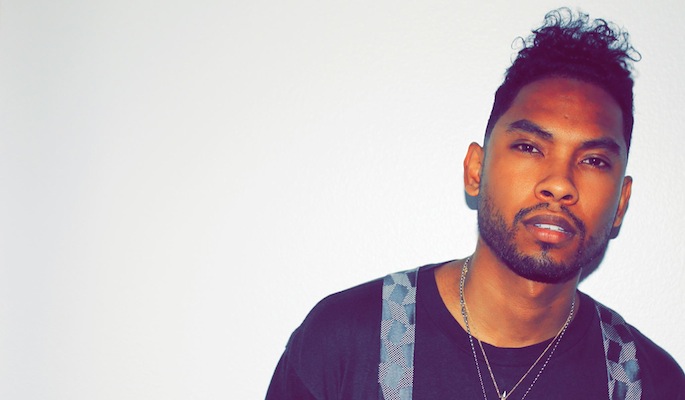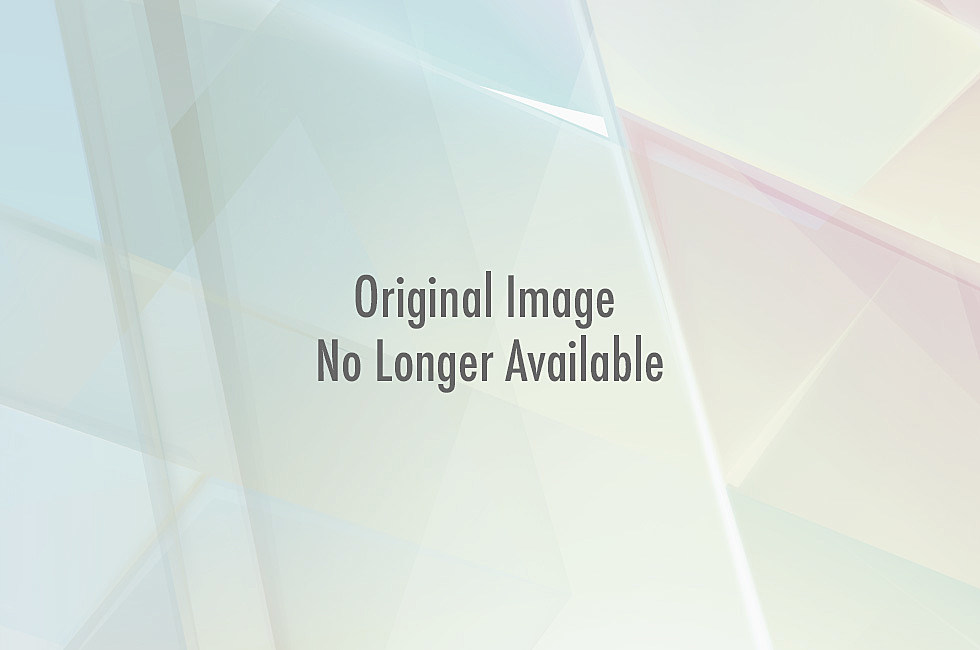

child Lenny Kravitz - he could be addressing the city rather than a lover. When he pleads devotion to a "you" in the album's standard-edition finale - which appropriately includes some flame-throwing guitar from L.A. When Miguel sings of salvation and damnation, of being a pastor and pimp, he could be singing for the city as much as a thrill-seeking protagonist. "Pour your sins on me baby, let us pray" is one of that song's relatively clean lines, one of the album's many instances where spirituality and sexuality are mixed. If there is a "Love Machine" here, it's the porn industry-referencing third track, though it's a dragging slow jam, half-whispered and half-wailed, that is much more graphic. Like that 1975 album, this revels in L.A.'s allure, the fantasies it fuels, the dreams it breaks. Rather than attempt to rewrite "Adorn," a number one R&B hit awarded a Grammy for Best R&B Song, Miguel evidently saw more of a creative future in the seamier, hazier, reverb-laden Kaleidoscope Dream album cuts like "Use Me" and "The Thrill." Grinding guitars and mechanical beats, played and programmed at sludgy tempos that fuse new wave-era rock and contemporary R&B, dominate a program that curtails Miguel's melodicism in favor of grunts, moans, and a couplet that ends in (groan) "masturbate" and "master, babe." He was inspired by his Los Angeles environment to such an extent that it can be felt in this album almost as much as it can in the Miracles' conceptual City of Angels. A few of the extracurricular moves pointed toward his next solo step, but the clues remained clearest in the darker corners of Kaleidoscope Dream. It would include appearances on a crop of major R&B and rap songs, a cover of Elton John's "Bennie and the Jets," and a highlight turn on Hudson Mohawke's Lantern. So enjoy Kaleidoscope Dream for the rarity that it is: an unerringly consistent, very good pop record.A complete anthology of Miguel's featured appearances released - or disseminated, as the freaky wordplay lover might call it - between Kaleidoscope Dream and this would be assorted, to say the least. His music is strangely traditional in its ambition and Kaleidoscope Dream is, above all, a collection of great pop songs.īut that it encourages this sort of nitpicking is probably a very good sign.

He's a terrific songwriter, but not yet a great lyricist. On a bad day you might wonder if Miguel is capable of the type of narrative depth some of the year's best LPs display.

It's tough to find much at fault with Kaleidoscope Dream. On this evidence Miguel is one of the finest pop vocalists of the moment. It's here that he really shines, from the stunning rounds in the title track to moments like in How Many Drinks? where he swoons into falsetto, practically lifting off. The final result of this cycle is the mesmerizing, wholly outstanding Kaleidoscope Dream, a record that posits Miguel as his own, singular force with a signature sound one moment, he’s singing. While Miguel shows his humble side often on Kaleidoscope Dream, when it comes to his singing there's no holding back. This humour and light-touch makes Miguel above all things likeable, capable of a sense of humility that eludes some of his peers. It's one of the most gorgeous pop songs so far this decade, deceptively simple and alluringly confident.ĭo You… is another warm-hearted highlight, opening with the line "Do you like drugs?" before later switching playfully to, "Do you like hugs?". His biggest American hit to date, Adorn, opens, popping with electric melodies and charm. The record is his fourth release for the year, tying together the loose ends of a trilogy of EPs titled Art Dealer Chic Volumes 1-3. But Kaleidoscope Dream makes a compelling case for him to sit comfortably alongside those aforementioned artists.
#Miguel kaleidoscope dream album cover Patch#
Kaleidoscope Dream continues that improvement, highlighting an artist in a real purple patch of songwriting. By comparison, straighter-laced RnB singer Miguel has flown under the radar a little.

Those tracks were rough and sometimes pretty off-the-cuff but despite an occasional sense of incompleteness, they still ranked as an exciting step up from Miguel's 2010 debut, All I Want Is You. From Frank Ocean's star-making channel ORANGE, a return to yearning for The xx and the continuing rise of The Weeknd: the big stories have revolved around interesting mutations of the genre.īy comparison, straighter-laced RnB singer Miguel has flown under the radar a little. It's difficult to argue against 2012 being the year of RnB.


 0 kommentar(er)
0 kommentar(er)
